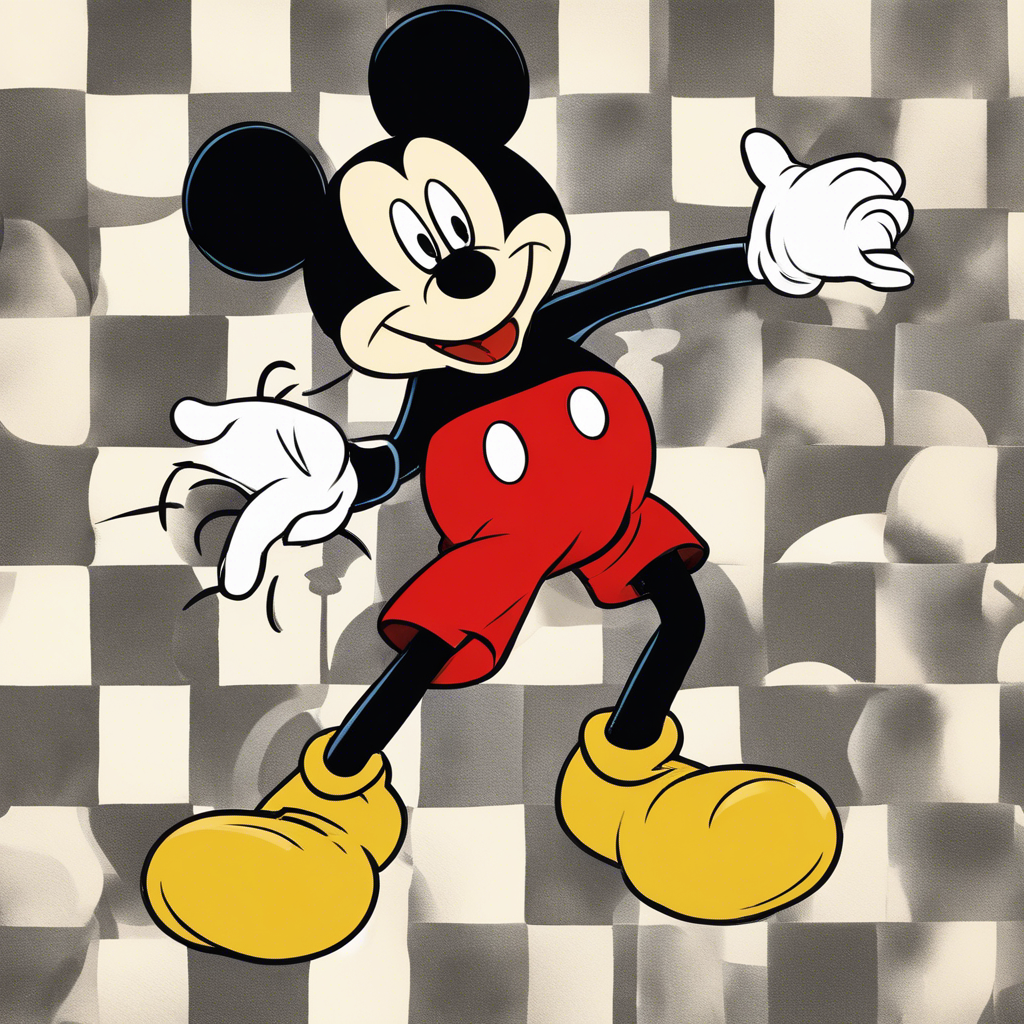Mickey Mouse Enters the Public Domain: A Look into Copyright Expiration

The Controversial Release of Mickey and Minnie Mouse into the Public Domain
As the calendar flips to January 1st, a significant event takes place in the world of copyright law. Works from 1928 have officially entered the public domain, including two iconic figures of American pop culture: Mickey and Minnie Mouse. However, it’s important to note that only a specific iteration of these beloved characters is now free for public use. The release of Mickey and Minnie Mouse into the public domain marks a significant moment in copyright history, but it also raises questions about the complexities of copyright law and its impact on creative works.
The Rise of Mickey Mouse:
In November 1928, Walt Disney Studio released “Steamboat Willie,” a groundbreaking seven-minute cartoon that introduced Mickey Mouse to the world. This short film, utilizing synchronized sound, featured Mickey as a steamboat pilot and propelled him and his companion, Minnie Mouse, to stardom. While Mickey and Minnie appeared in other shorts before “Steamboat Willie,” it was this particular film that solidified their place in pop culture.
The Battle to Protect Copyright:
Over the years, “Steamboat Willie” came close to entering the public domain on multiple occasions. However, a bill passed by Congress in 1998, often referred to as the “Mickey Mouse Protection Act,” extended the duration of copyright protection and prevented the expiration of Disney’s rights to the film. This legislation, fueled by rumors of Disney’s influence, sparked controversy and debates surrounding copyright law and its impact on creative freedom.
The Public Domain Arrival:
On January 1, 2024, the temporary lifeline granted to “Steamboat Willie” finally expired, allowing the 1928 version of Mickey and Minnie Mouse to enter the public domain. This means that certain uses of their images are now permissible, albeit with some restrictions. According to Duke Law, individuals can’t create Disney merchandise or media, nor can they establish a theme park centered around Mickey iconography. Disney still retains the copyright to later versions of Mickey, including the famous sorcerer Mickey from the 1940 film “Fantasia.”
The Boundaries of Copyright:
While the 1928 Mickey and Minnie Mouse are now accessible for specific purposes, there are still limitations to what can be done with these characters. The Duke Law blog explains that individuals can create their own interpretations of Mickey and Minnie, as long as they don’t infringe on Disney’s protected versions. Generic character traits, such as cuteness and altered dance moves, are fair game. Additionally, independently created works that do not directly copy Disney’s copyrighted materials are legally permissible. This includes the freedom to choose color schemes beyond the traditional black and white.
Conclusion:
The entry of Mickey and Minnie Mouse into the public domain marks a significant moment in copyright history. While the release of the 1928 versions of these beloved characters opens up new possibilities for creative expression, it also highlights the complexities of copyright law and its impact on artistic works. As the public domain continues to expand with each passing year, it is essential to navigate the boundaries of copyright with respect for intellectual property while also fostering a culture of innovation and creativity.

